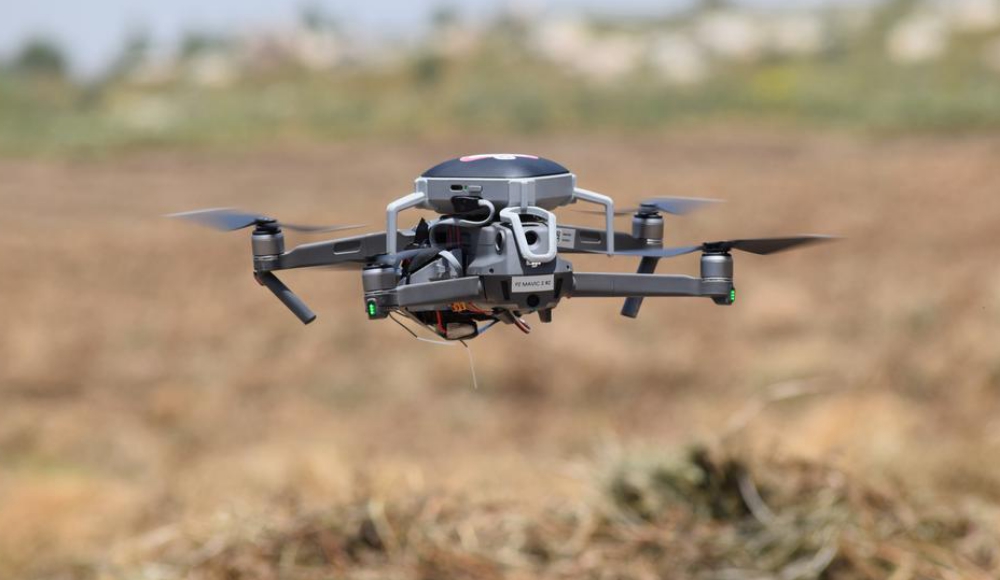The North Dakota Department of Transportation received a four-year waiver from the Federal Aviation Administration to fly drones over people beginning this week.
The drones will conduct normal DOT duties, such as inspecting roads and bridges and acting as a first responder to emergencies, according to Russ Buchholz, the strategy and innovation director and Integration Pilot Program administrator at the DOT.
Currently, flying a drone over people or moving vehicles is illegal. The waiver, for which the DOT was approved June 20, would exempt the DOT from this rule, and it would mark the first time that a North Dakota state agency has received a waiver to conduct routine drone operations over people. Other organizations, such as Botlink and the Forum News Service during the Fargo floods in April, have received temporary waivers in the past.
The waiver and drone activity is part of the Integration Pilot Program, which aims to bring private entities and the federal, state, local and tribal governments together to integrate drones into the national airspace system. This would allow drones, airports and manned aircraft to communicate with each other more easily.
Other goals include conducting safe operations over people, beyond the operator’s line of sight and at night and making these operations repeatable and scalable.
“Safety is the top priority,” Buchholz said.
The drones that will be used are part of the DJI Mavic 2 series equipped with a ParaZero SafeAir parachute recovery system. The Northern Plains UAS Testing Site in Grand Forks completed the third-party safety validation for the parachute.
“I’m part of the community, too,” said Trevor Woods, the director of safety at Northern Plains. “I don’t want something falling out of the sky.”
However, Woods and Buccholz said that, while they do not have an issue with the technology itself, they may have problems with how it is used.
“The drones will provide a service and ensure privacy, but operators could misuse it,” Buccholz said. “If someone’s peeping in windows, I would be concerned, but that would not be the intent of the waiver.”
The drones are restricted to Class G airspace, which means they cannot come into restricted areas, such as the airspace around airports, military bases and some stadiums and national parks. The drones will mostly fly in rural areas, but they may come into non-restricted airspace in towns and cities, according to Buccholz.
Drones are required give way to manned aircraft, so if a drone in the program comes near a manned aircraft such as a crop duster in a rural area, it will have to stand down.
The drones would be allowed to fly on public streets and over private property if the area is not restricted because anything flying above the property would be in national airspace, not on the private property.
The Integration Pilot Program received no federal funding, and it works with money from private partners and state entities such as the DOT.
In the future, Buchholz says he believes people may see police officers and highway patrol officers use drones to catch speeders and respond to emergency situations. Other future possibilities include safer delivery by drone.
Source: Grand Forks Herald

